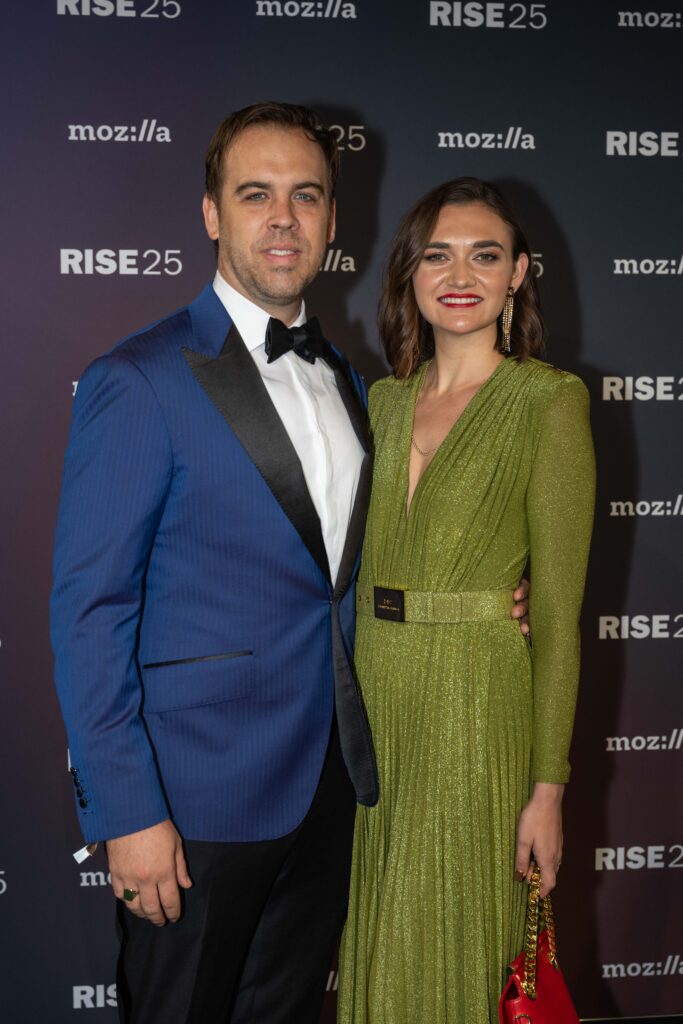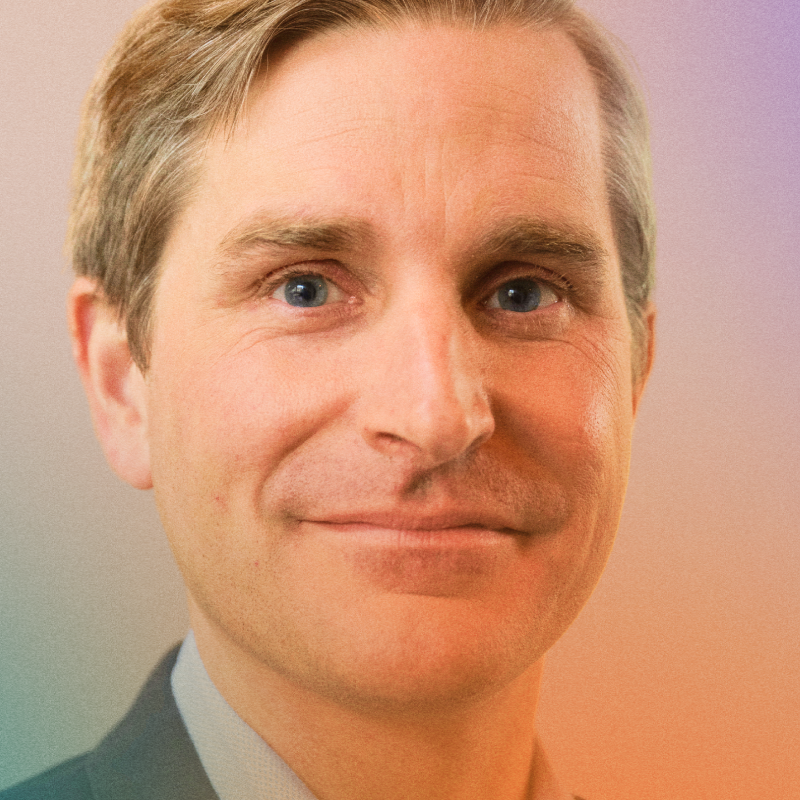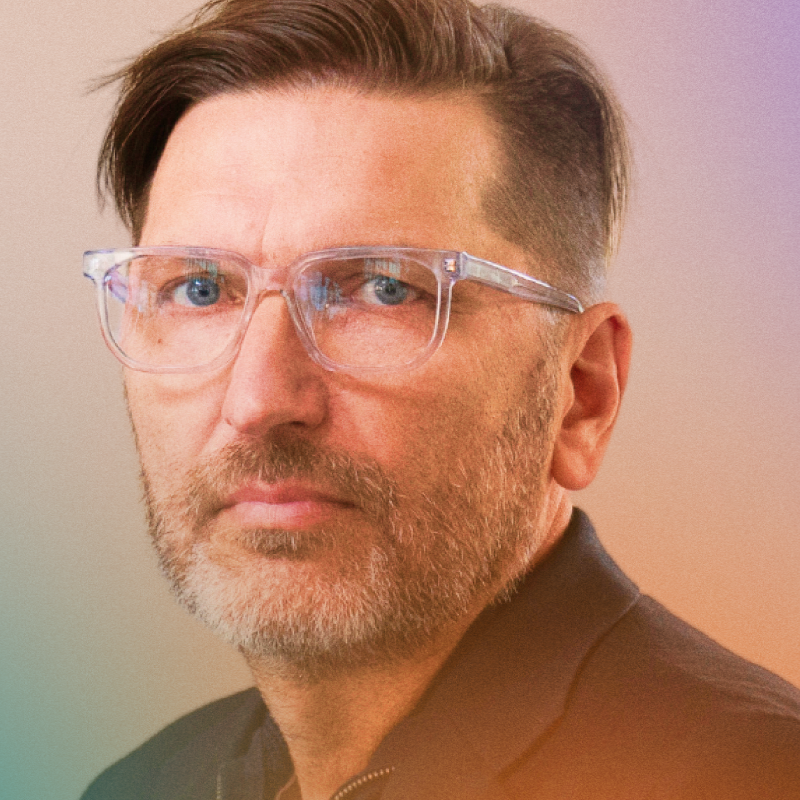
Larissa May reflects on empowering the next generation’s relationship with technology
At Mozilla, we know we can’t create a better future alone, that is why each year we will be highlighting the work of 25 digital leaders using technology to amplify voices, effect change, and build new technologies globally through our Rise 25 Awards. These storytellers, innovators, activists, advocates, builders and artists are helping make the internet more diverse, ethical, responsible and inclusive.
This week, we chatted with activist Larissa May, the founder of #HalfTheStory, a nonprofit dedicated to empowering the next generation’s relationship with technology. With talked with May about the role technology played in her mental health, how #HalfTheStory evolved from a project in her college dorm room to what it is today, and her work in policy advocating for tech companies to build solutions to help youth thrive.
You know firsthand how toxic social media can be for kids. It has changed a lot in recent years, for the good and the bad. What do you think is the biggest danger kids face in 2024, and what can we do to combat it?
The average American teenager will spend approximately 30 years of their life behind screens. The greatest danger children, and indeed all of us, face lies in the uncertainties surrounding social media and its technologies. Technology evolves rapidly, outpacing both human understanding and legislative frameworks.
In 2024, we are witnessing the emergence of AI, with its potential for positive innovation, while also getting glimpses of its perilous side, whose full extent eludes us. Formerly innocuous interactions, such as a mere comment now hold the potential to morph into deceptive deep fakes, amplifying the challenges posed by social media. The velocity of AI’s advancement often outpaces our comprehension, leading to profound emotional ramifications, not only for our children but also for our societal fabric and economy.
Watching the growth of the #HalfTheStory movement has certainly had a big impact on you. Has anything surprised you along the way that you weren’t expecting?
What surprised me most along the way was realizing that most adults grapple with their relationship with technology just as much as children do. Now, as an adult who was once a child with a dream and an idea – which became #HalfTheStory – I’ve come to understand that while our focus may be on safeguarding children, we must also provide support to the adults who guide them. Demonstrating and modeling healthy relationships with technology is a crucial piece of this puzzle.

From the spotlight you’ve received in recent years – Good Morning America, your Ted Talk, TIME, Forbes, NBC, etc. — which experience made you stop and reflect on the magnitude of the work you do?
There is no destination or pot of gold. In fact, the goalpost is always moving. There isn’t a day that I don’t wake up without wonder and awe for the journey and where it’s taken me. Sometimes I struggle to fully understand the magnitude and the impact of this nonprofit. There are moments every week that surprise me, whether it be the people who slide into my DMs, full circle moments, or people that I meet on the street who’ve known about #HalfTheStory or shared their own story with HTS many years ago.
Although the big accolades and TV segments are meaningful, I think the moments that are the most striking for me are the ones that happen behind closed doors, the messages that I receive, the one-off text messages with young people, and the aha moments that help me better understand the realities that young people are facing so that I can create a voice in every room where a decision is being made about them.
What do you think is the biggest challenge we face in the world this year on and offline?
Social media has perpetuated so many of the inequalities we see in the world. The online “realities” we see are not the whole story and make it more difficult for us to be able to see people from where they come from and to walk in their shoes.
During this year, especially when an election is happening in America, this is especially dangerous as social media often can keep us in our own ecosystems and eco chambers. It’s up to us to break through those so that we can understand multiple perspectives and have empathy for what other people are going through.
Social media feeds on emotions and combative behavior – that’s just how the algorithm works. We have to step outside of our algorithm and into our humanity.
Where do you draw inspiration from to continue your work as an activist today?
Teen work makes the dream work. I draw my inspiration from the future and the heartbeat of #HalfTheStory, our community.
What is one action that you think everyone should take to make the world and our lives a little better?
One simple action you can take is to put your phone down and engage in eye contact, genuinely seeking to understand someone’s story and background. Often, we become ensnared in our own egos, identities, and digital distractions, overlooking those right in front of us who may need our support the most.
To create more room for the present moment, I employ a few strategies. I set away messages for my text messages, switch my phone to grayscale mode, and strive to make my technology less addictive by hacking my algorithm. These practices help me liberate my mind and savor the moments between the hustle and bustle of daily life.
We started Rise25 to celebrate Mozilla’s 25th anniversary, what do you hope people are celebrating in the next 25 years?
In the next 25 years, I hope that humanity is celebrating humanity. I think for many years we’ve celebrated tech and innovation and as we’ve done that we lost touch with ourselves, our souls, and the things that make us human. I do believe that we will see a pendulum swing – we are even seeing it with some of our teens now.
Being human and accessing screen-free experiences really is a luxury, and connection that is not simulated is one of the most precious things that we have. Time is a non-renewable resource, so I hope we don’t spend the next 25 years behind our screens. What gives me hope for the future is our teens.
What gives you hope about the future of our world?
Our society loves to paint a story of darkness and digital sickness, but I get to witness the digital wellness revolution unfold every day before my eyes.
Our teens are paving the path forward. They are the heart and soul of #HalfTheStory and I’m the lucky leader that gets to sail alongside them into a brighter horizon.
The future is BRIGHT (with less blue light).


